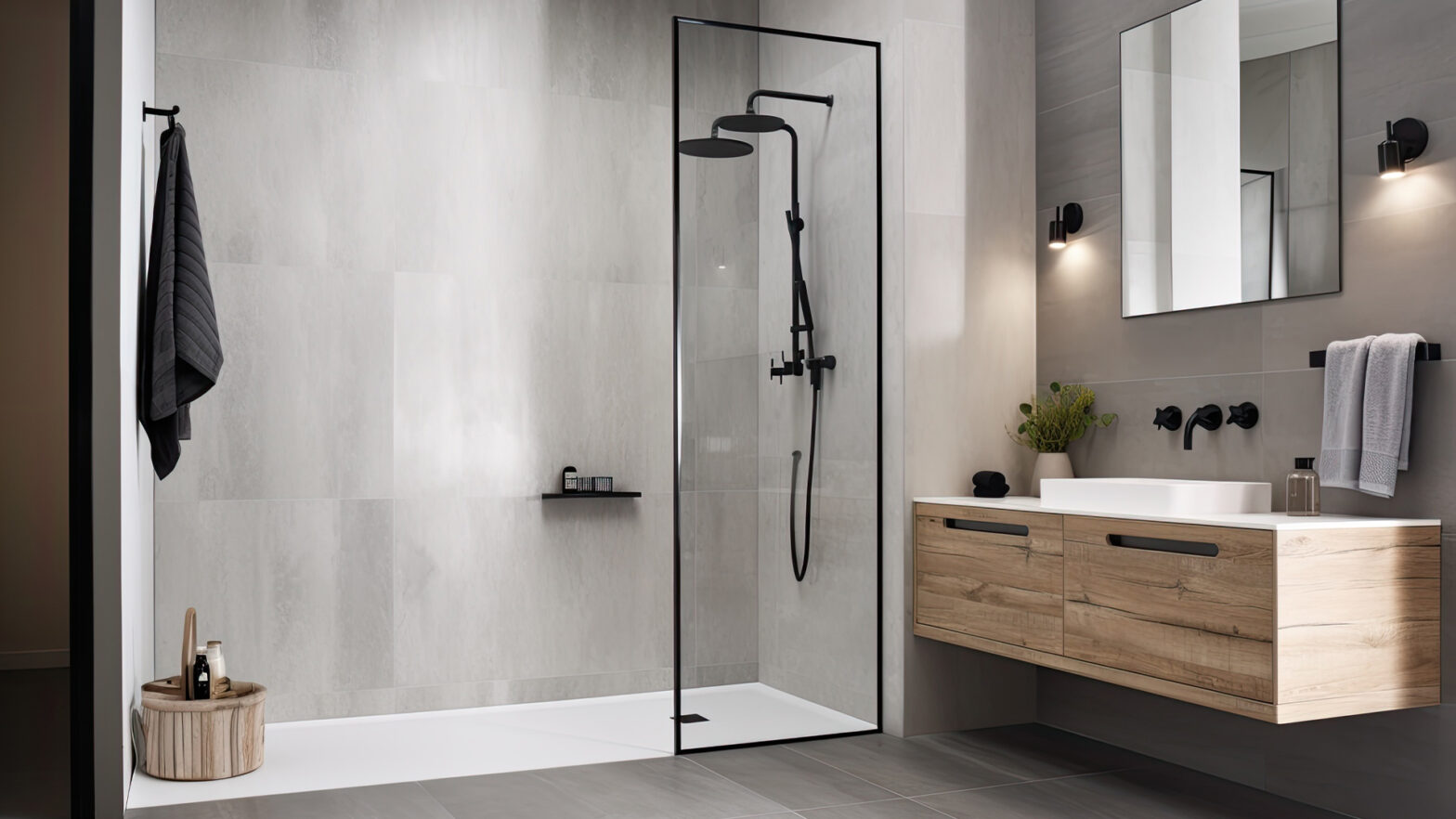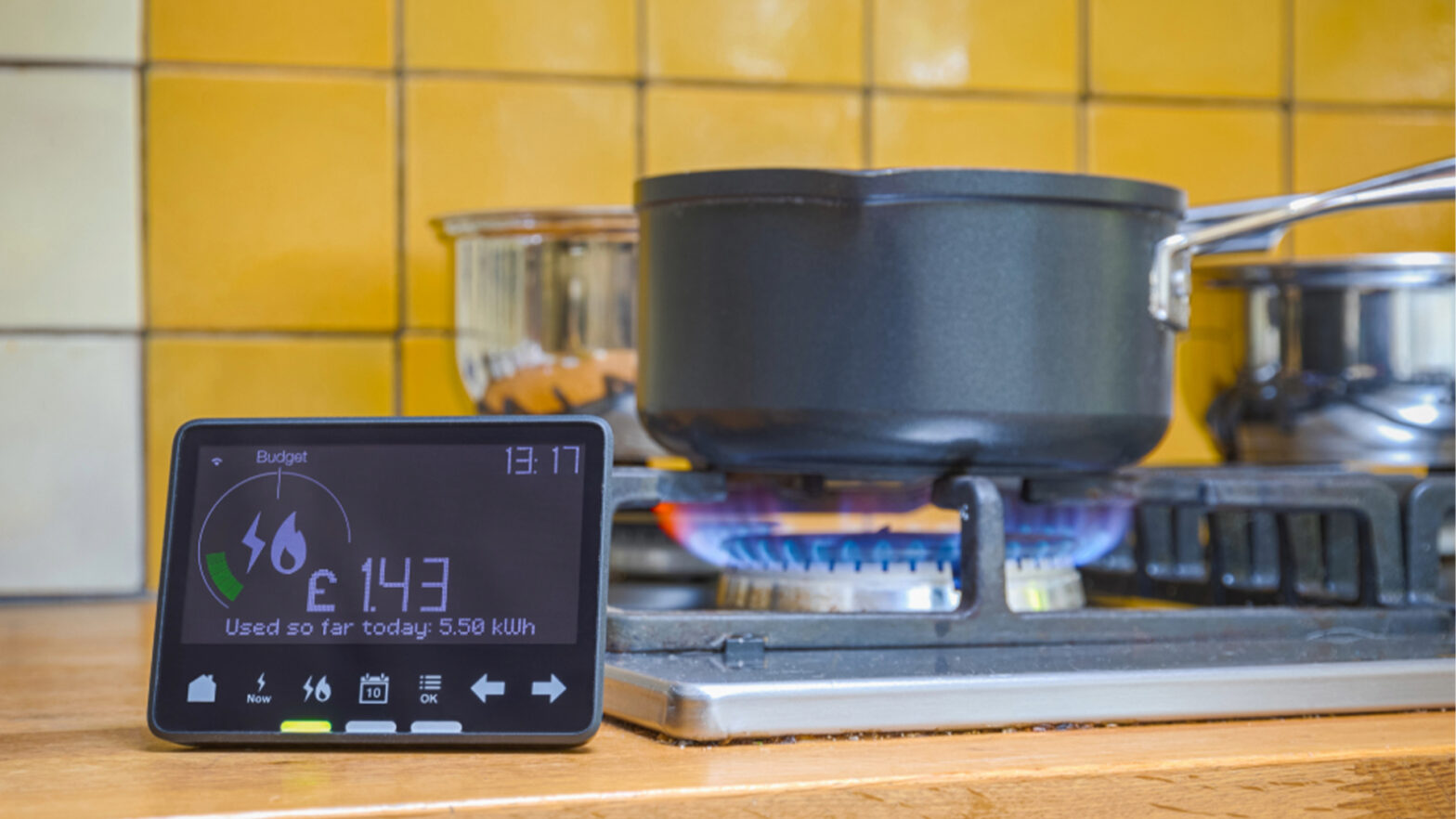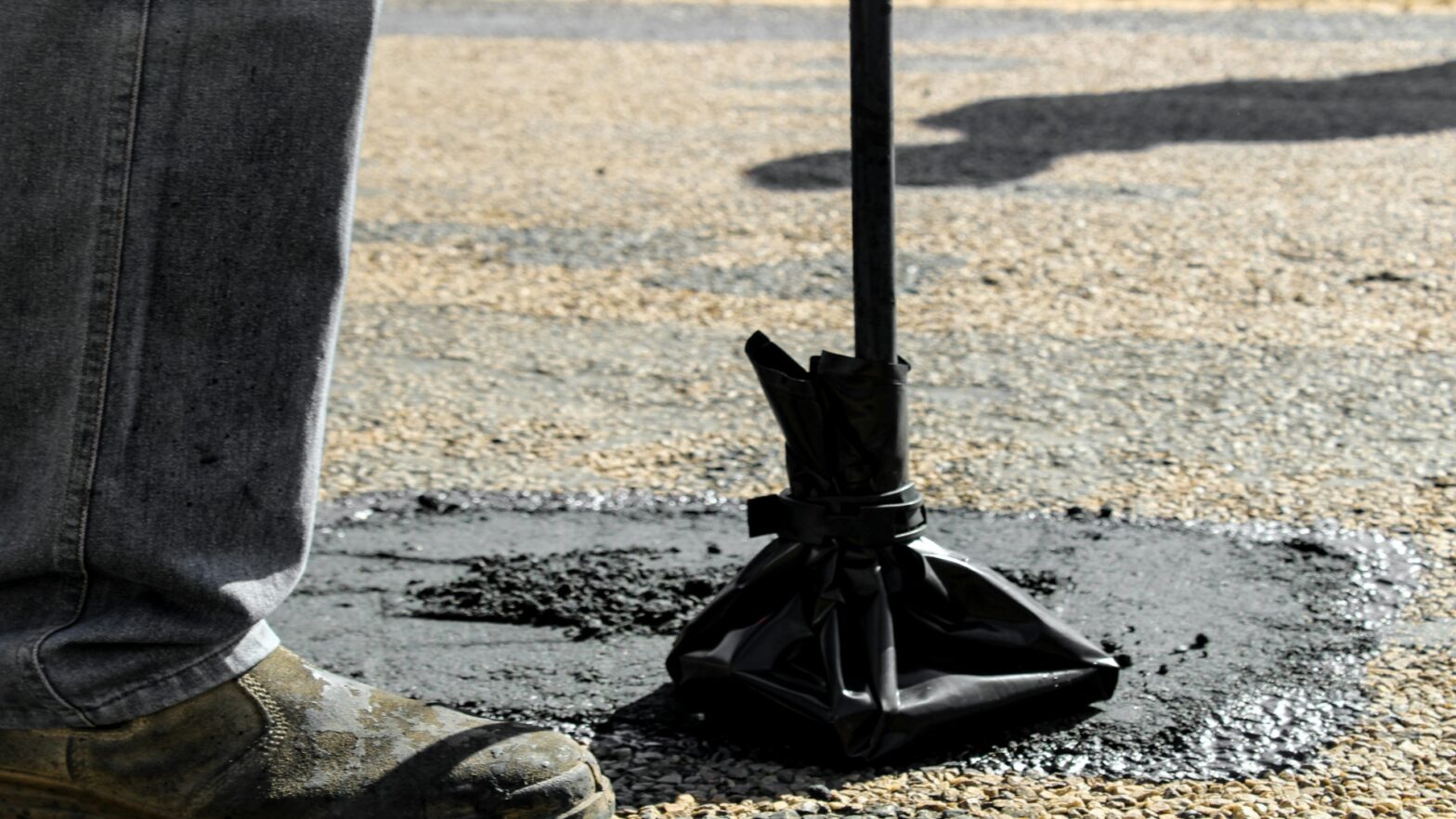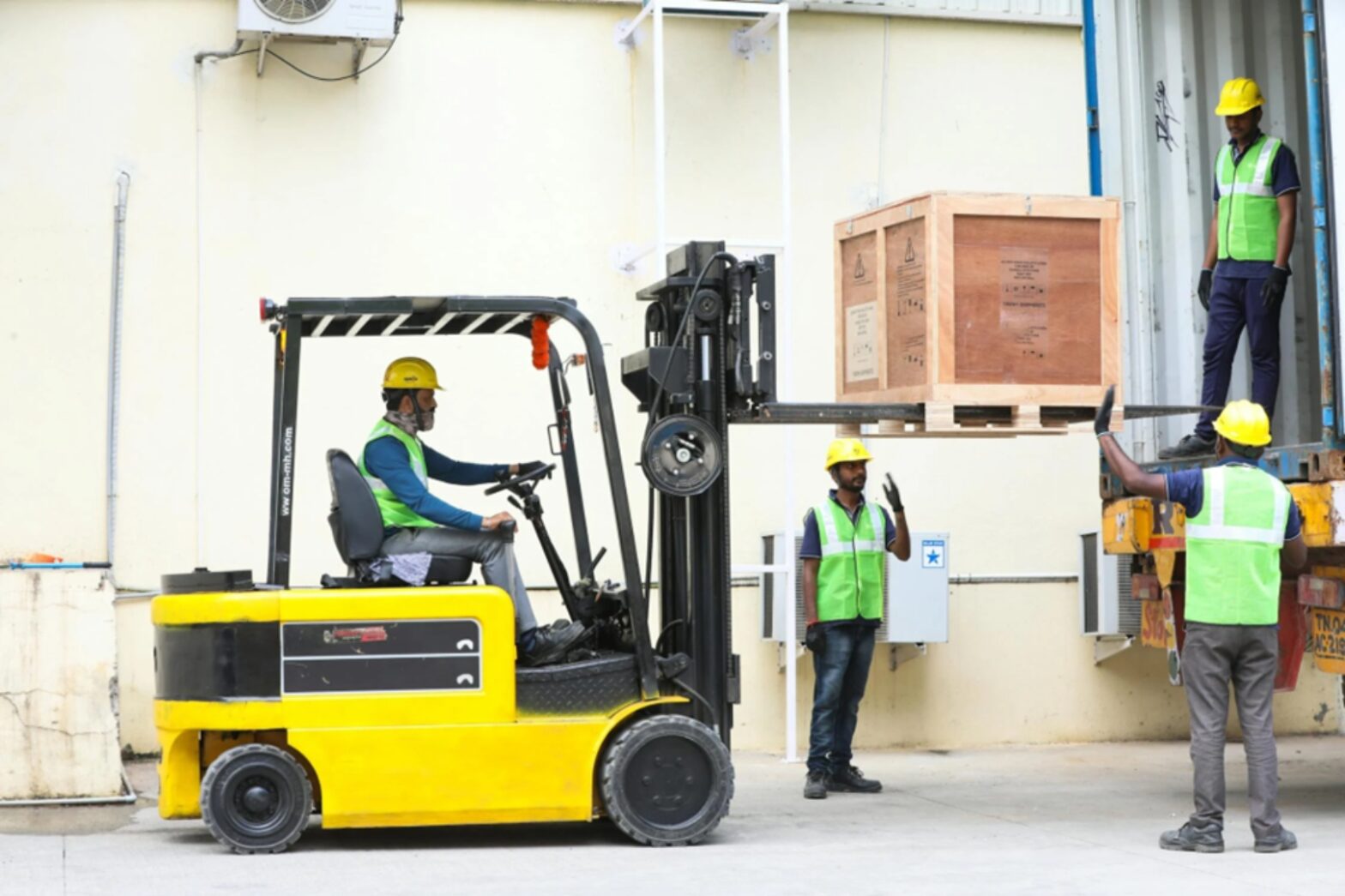By Izzy Schulman, Director, Plumbers4U
According to the AIB, insurance companies pay out over £1.8 million every day for ‘escape of water’ claims which set the average household owner back £7,500 in damages.
The biggest culprit of these claims? Frozen pipes.
In cold and icy conditions, exposed pipes are vulnerable to cracking because of fluctuations in temperature. If not found in time, the pipes may burst, wasting up to 9,600 litres – enough to cause serious damage to your home.
Plumbers4U shares its top tips for proper pipe maintenance, so an unexpected water bill won’t ruin Christmas celebrations.
Preventing ‘the big freeze’
Prevention is always better than a cure and if you take the right steps in pipe maintenance, you won’t have to worry about a nasty surprise further down the line!
The best way to stop pipes freezing is to keep them warm all through winter. It sounds obvious, but it’s something many of us don’t think about.
This can easily be done by keeping your central heating on through the coldest winter months; you should aim to keep the thermostat at 13 degrees Celsius minimum to prevent freezing.
If the weather becomes extremely cold or if your pipes are exposed, invest in some extra lagging to keep them protected. Make sure there are no gaps at the bends, valves or fittings though, otherwise cracking can still happen.
Wrapping freezing pipes with thermostatically controlled heat tape is also an effective way to quickly thaw a trouble spot.
Make sure your boiler is working properly. While the average service costs between £65-£80, it’s necessary to make sure it will last through the winter months.
Getting things flowing again
You may find yourself in a sticky situation where pipes are frozen but have not yet cracked. You can usually tell this is the problem when taps no longer run or just trickle when turned on.
The problem with frozen pipes is the water in them expands when it freezes, which is why they may burst. To get things moving again, gradually warm the problem pipe slowly to minimise chances of a fracture.
Soak a cloth or a towel in hot water and lay it over the pipe melt the water. You can use a hairdryer on a low setting but don’t use an open flame, blowtorch or anything like that.
If the suspected pipe is hidden from view (i.e. in a wall), turn up the heat. Radiating hot air around the home can help alleviate the problem.
Only tackle DIY repairs if you feel confident you know what the problem is, and you’ll be able to solve it. If not, it’s always best to seek advice from a professional plumber as they’ll be able to assess the seriousness of a problem quickly, to stop the very worst from happening.
Dealing with a pipe that’s burst
To avoid the worst damage, you need to know where the stopcock valve is in your home because you’ll need to turn off your water supply if you think a pipe may burst.
If your home has an older style valve, it might be worth replacing with a more reliable ball valve. Stopcock valves are prone to sticking when you need them the most, so it’s a good idea to exercise them every few months by rotating them back and forth.
If pipes do burst and the flowing water has gotten out of control, turn on all taps in the house to reduce the flow from the broken pipe and soak up any remaining water with thick towels.
Switch off your electrical supply at the fuse box until you have been given the all-clear, as burst pipes can short out your electrics.
Most importantly, call a qualified plumber and don’t try to tackle a pipe once it has burst yourself.
































